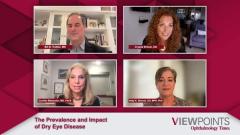
New FDA-Approved Therapies and Diagnostics for Dry Eye Disease
Cynthia Matossian, MD, FACS, and Kelly K. Nichols, OD, MPH, PhD, discuss three new FDA-approved therapies for the treatment of dry eye disease (DED).
Episodes in this series

Transcript
Bill B. Trattler, MD: One of the things that's exciting for all of us here is that we have three new medications that got FDA approved recently. Dr. Matossian, can you give an overview of the three new medications, because it's very exciting. This is going to add to our armamentarium and work very nicely with our procedures as well.
Cynthia Matossian, MD, FACS: We're so fortunate that the field of dry eye disease is literally exploding. It's mushrooming with diagnostics and with different treatment modalities. The three newest ones are not in any particular order, but I'm just going to list them. One is called Miebo. It's an anhydrous product, and it has no water whatsoever. Therefore, there's no osmolarity or pH associated with this product. The feel is very velvety and luxurious. There's absolutely no stinging, and it is used QID to help stabilize the tear film and prevent evaporative dry eye. The second one is Vevye. It’s cyclosporine mixed in with that cyclosal solution. So again, the stinging, the burning, the instillation site discomfort is eliminated, but the main ingredient is cyclosporine. The third one is Xdemvy, [which] is lotilaner, and it is the only FDA-approved product for the treatment of blepharitis caused by Demodex mites. The studies were very robust in that the mites were actually killed, and it is used for a six-week period twice a day.If the infestation reoccurs, then the patient may be able to use it again or is encouraged to use it again, maybe semi-annually. Those are the three new products on the market in terms of treatment options. And the newest kid on the block is a new diagnostic device for IgE immunoassay so we can differentiate allergic conjunctivitis from other red eyes. And this is a kit available with a billable code.
Bill B. Trattler, MD: Now, these are all really big additions to our armamentarium. Any thoughts, Dr. Brimer, Dr. Nichols, on these three new agents?
Kelly K. Nichols, OD, MPH, PhD: Just super excited to see the clinical trials are continuing at such a rapid pace. And look, we have three new options. Now, that's going to confuse a lot of people, I think,
in terms of, well, now what? There's even more, but that's great. We're going to start to see how we all use them in a stepwise approach or in addition to others, without other things or in place of other things. Unfortunately, there's going to be the issues of insurance. And that always is a huge barrier in the first bit of new medications coming on, but I think there'll probably be some pretty robust patient assistance plans, in the beginning, to help people to get using all of these medications. So boy, let the fun begin, is what I say. It's going to be exciting when they all do come to market. They're all approved, but we haven't seen them in practice yet. I've been involved in some of the clinical trials and we're either getting better at clinical trials or these medications are just getting better because we're just seeing some great results that are very convincing for all of these products in terms of their FDA application. So, [these are] really exciting times.
Transcript is AI-generated and edited for clarity and readability.
Newsletter
Don’t miss out—get Ophthalmology Times updates on the latest clinical advancements and expert interviews, straight to your inbox.


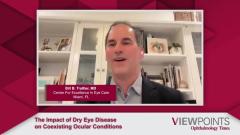
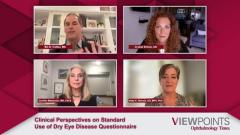
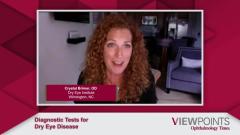
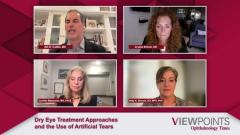
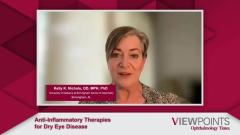

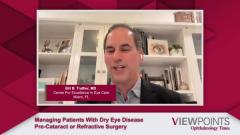
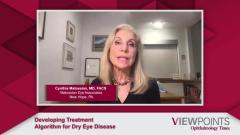
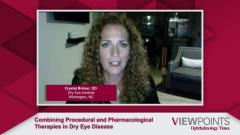
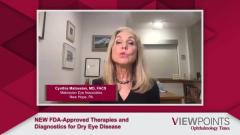

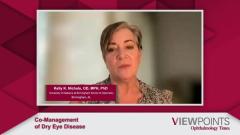
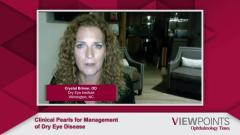
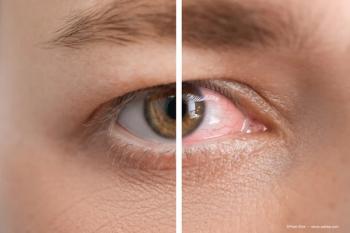


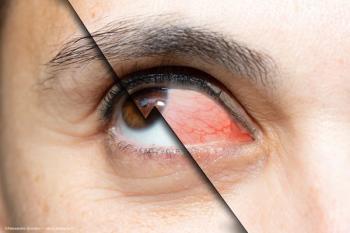













































.png)


